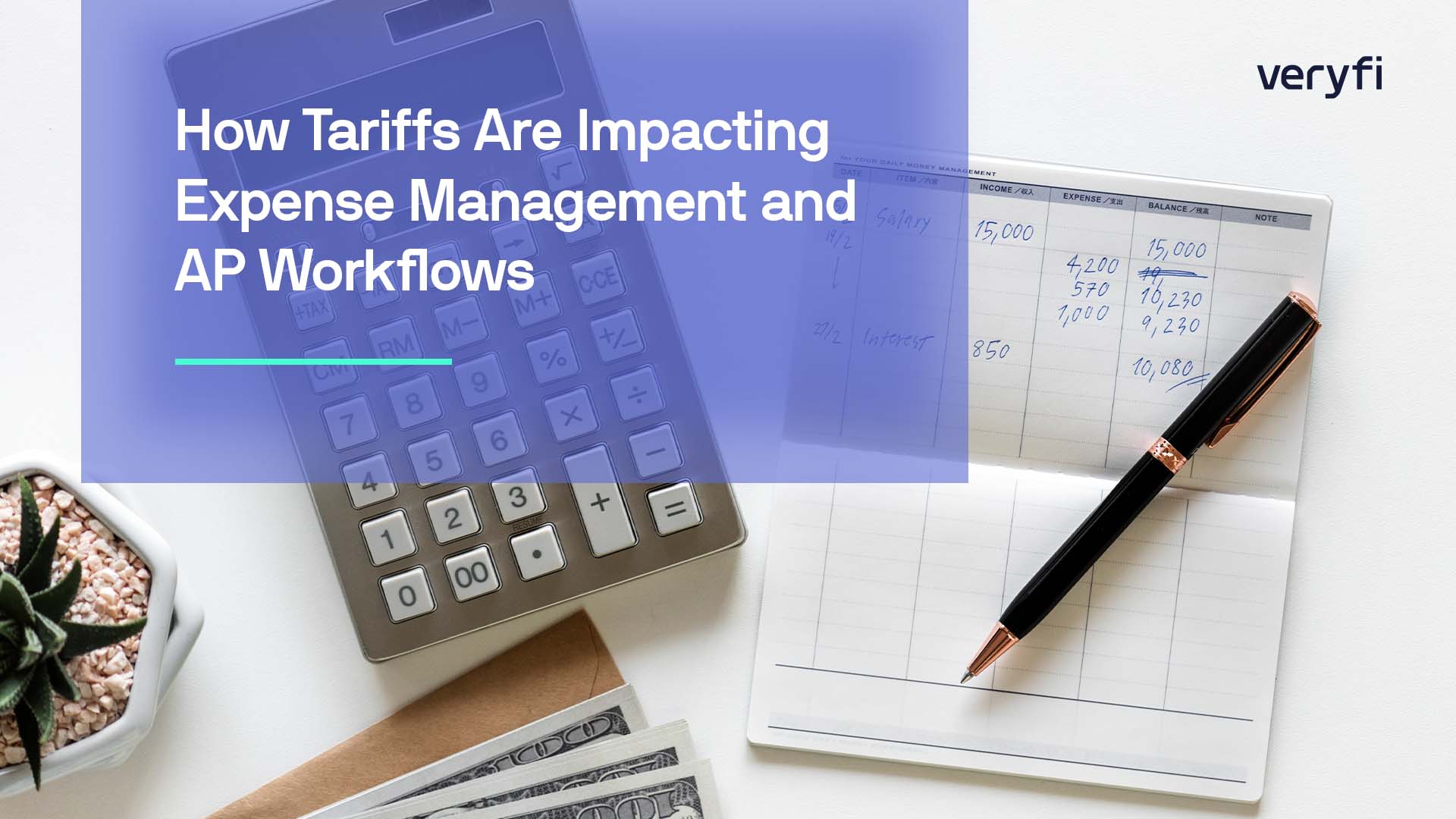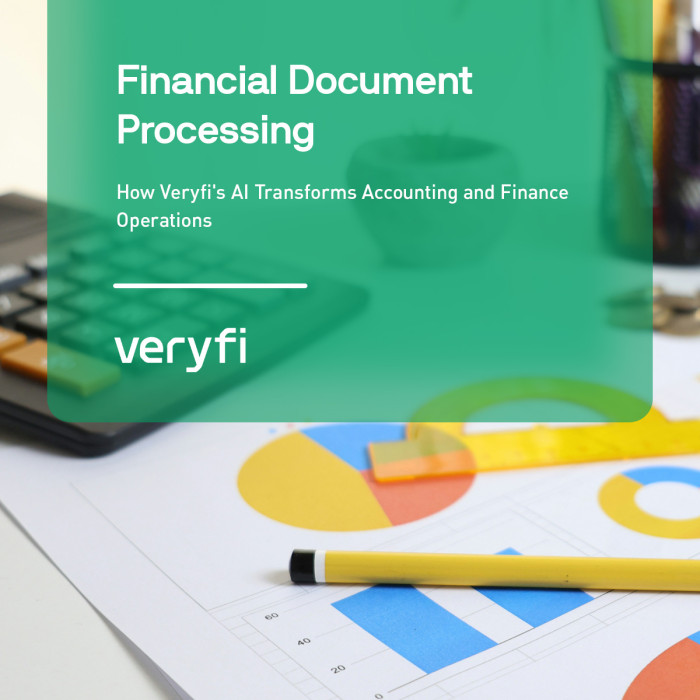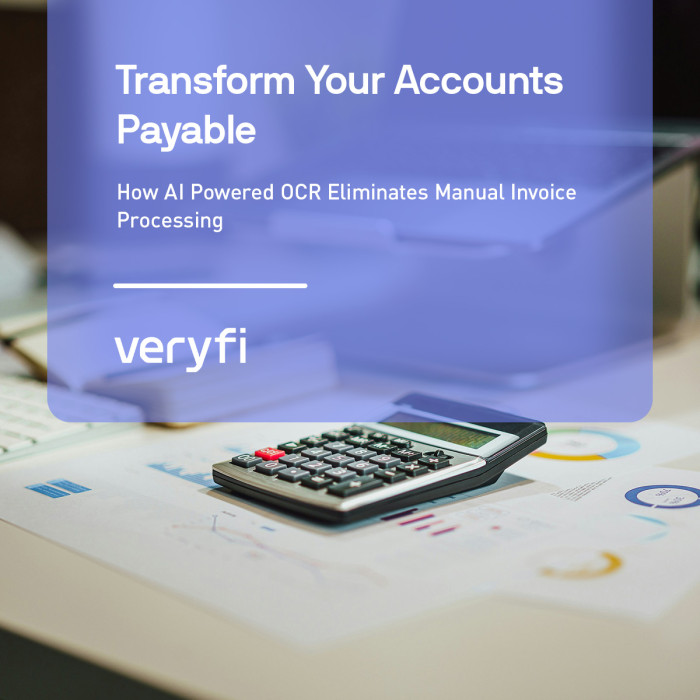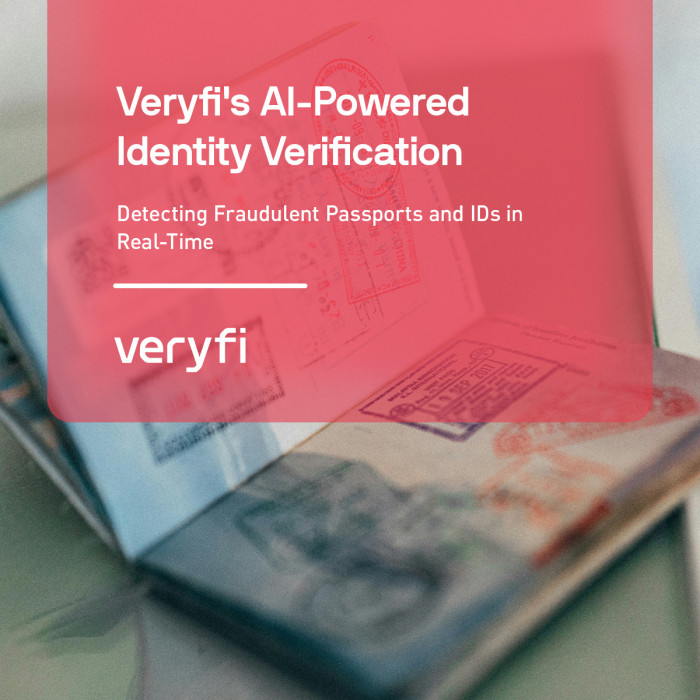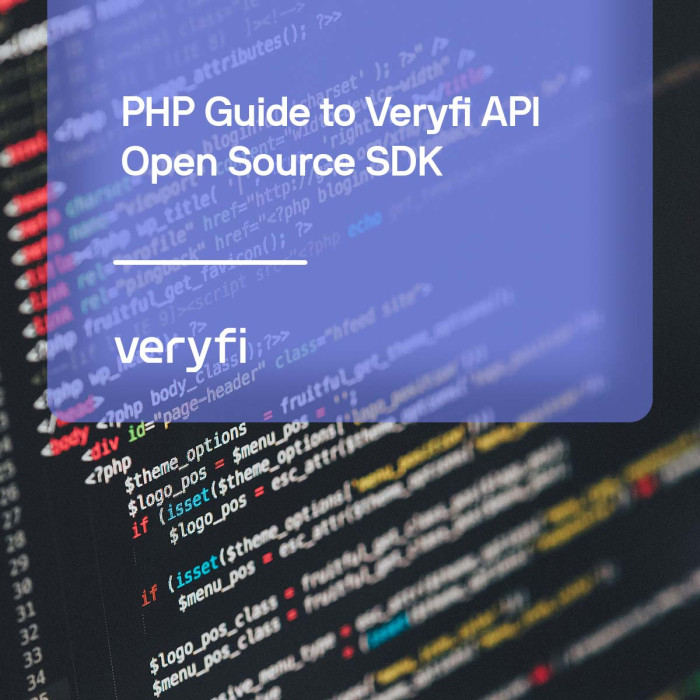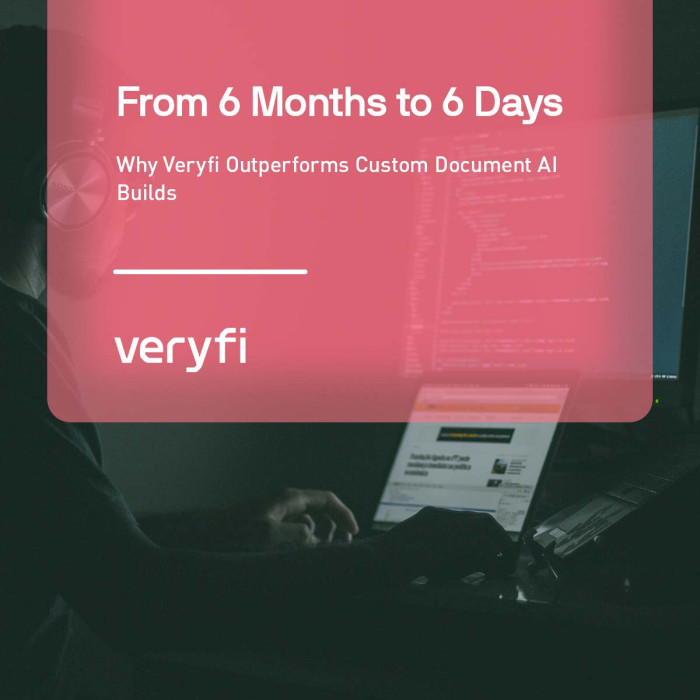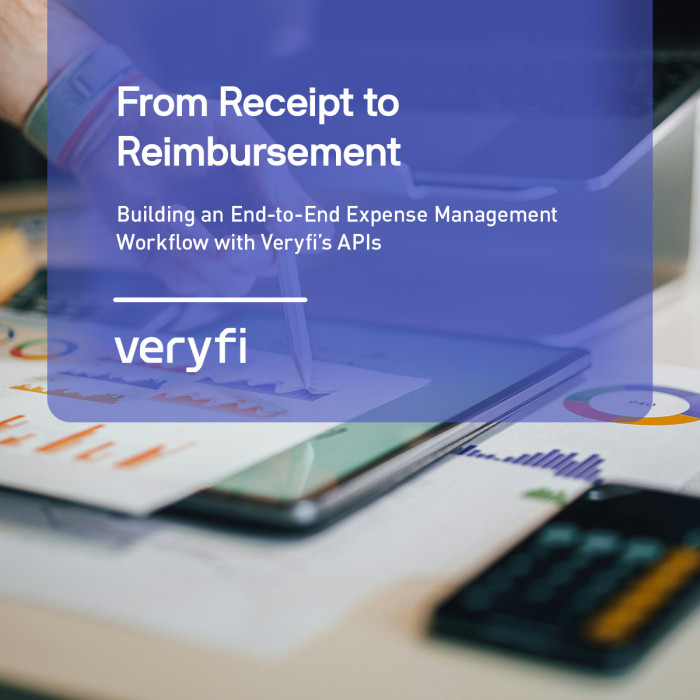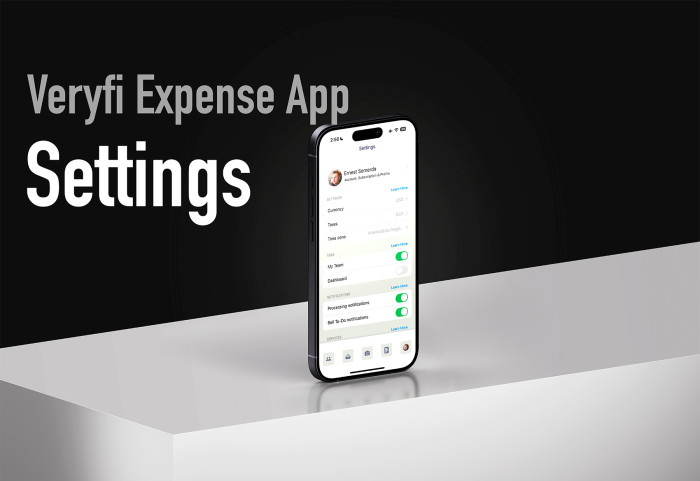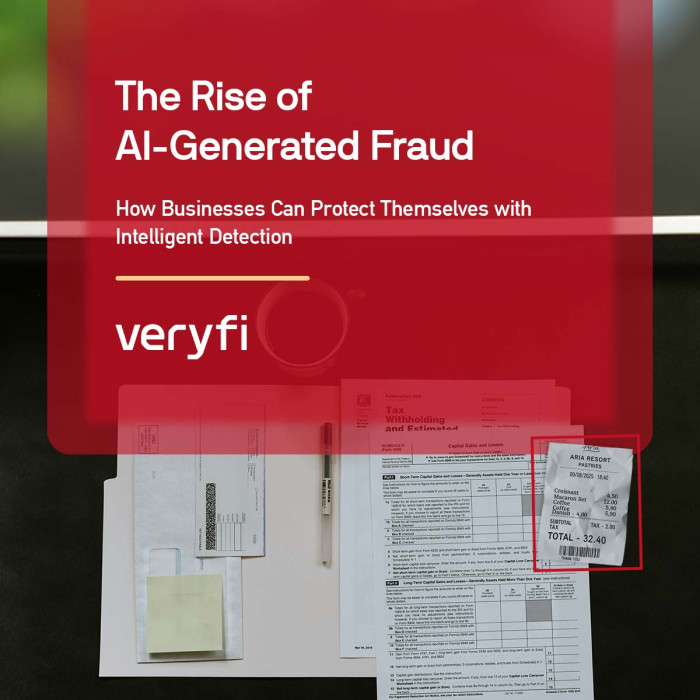From headlines about trade policies to sudden rate hikes, tariffs are back in the spotlight — and the pressure is rising. As of early April 2025, proposed tariff hikes between major global economies are targeting key categories like electronics, software, and certain services. Businesses in sectors like manufacturing, logistics, and tech are already experiencing ripple effects in pricing, inventory planning, and vendor negotiations.
While most commentary focuses on macroeconomic outcomes — like supply chain shifts and price inflation — there’s a growing need to understand how tariffs are affecting internal finance operations.
At the center of this disruption, your accounts payable (AP) and employee expense management workflows — the daily operations where shifting costs, unpredictable fees, and compliance pressure hit first and hardest.
The Expense Side Effects of Tariff Volatility
When tariffs rise, so do the costs of doing business — and the operational ripple effects can quickly become unmanageable. From supplier invoices to reimbursed employee purchases, even minor price increases introduce uncertainty into budgeting, reconciliation, and compliance tracking.
AP Is Facing More Exceptions and Invoice Variability
Vendors are responding to new tariff structures by adjusting their prices on a case-by-case basis, sometimes without advance notice. This leads to:
- Frequent and unpredictable pricing changes
- Sudden addition of customs fees, logistics surcharges, or brokerage charges
- Discrepancies between agreed pricing and invoice totals
These variances increase the burden on AP teams to validate invoices line by line. Manual review processes slow down the cycle, while automation tools that rely on static templates often miss critical context.
Expense Claims Are Harder to Standardize
Employee-submitted expenses are now affected by inflationary ripple effects caused by tariffs — especially when purchases involve international travel, imported products, or third-party services. Receipts could include unexpected tax items, surcharges, or mislabeled expense codes.
This variability makes it difficult for companies to enforce standardized reimbursement policies. Traditional expense systems often can’t parse line-item-level complexity or validate submissions against updated rules.
Document Manipulation and Fraud
Periods of financial uncertainty often increase fraud attempts, particularly when external pressures like tariffs drive cost sensitivity and budget scrutiny. As vendors and employees alike navigate rising prices and policy shifts, finance teams are seeing a spike in document-related risks. Common scenarios include:
- Receipts or invoices that have been manually altered to hide inflated costs or foreign taxes
- Duplicate submissions for the same transaction, especially across departments
- Vendors misclassifying goods or line items to avoid declared tariff categories or import fees
These tactics can create significant liability and audit risk if not caught early. Static or template-based OCR solutions are often blind to this type of manipulation. To combat this, expense and AP automation tools must include real-time fraud detection capabilities — models that detect layout anomalies, duplicate data, unusual patterns, or AI-generated documents at the point of ingestion.
Automation Is the Best Response
Automation looks different depending on the industry — but across the board, it’s about faster decision-making, real-time insights, and fewer manual handoffs. Here are three real-world examples of how automation is helping organizations stay resilient amid tariff volatility:
- Manufacturing: A global manufacturer facing rising steel import tariffs integrated an OCR API to scan vendor invoices and automatically extract line items related to raw materials. Custom rules flag any invoice with sudden price increases over 10% for review — reducing manual checks by 80%.
- Logistics: A mid-sized logistics provider automated its fuel and customs reimbursement process using AI-powered receipt capture. The system extracts taxes and fuel surcharges from driver-submitted receipts and instantly applies internal policy rules to approve or flag exceptions, cutting reimbursement delays in half.
- SaaS/Technology: A cloud software company incorporated expense automation into its employee reimbursement flow to manage overseas team spend. OCR reads international receipts, and a policy engine evaluates compliance based on country-specific thresholds, VAT rules, and departmental budget caps.
To keep pace with global complexity, AP and expense systems need:
- AI-powered document classification and data extraction
- Real-time policy enforcement and logic-driven approvals
- Flexible integration with finance stacks like ERPs, bill pay systems, and audit tools
- Scalability across currencies, countries, and compliance layers
What to Look For in a Resilient Automation Stack
| Feature | Why It Matters During Tariff Volatility |
| Real-time OCR/API integration | Captures changes in documents as they happen |
| No human-in-the-loop | Maintains speed and scale despite document volume spikes |
| Policy-based automation | Adapts to evolving reimbursement rules and exceptions |
| Line-item level extraction | Identifies tariff surcharges and breakdown discrepancies |
| Fraud detection mechanisms | Flags duplicates, editing artifacts, and synthetic receipts |
The Bottom Line: Financial Agility Requires Document Intelligence
Tariffs are just one example of how rapidly external changes impact internal financial operations. Inconsistent invoices, changing policies, and evolving risks reveal the limitations of manual workflows.
The solution is not just OCR, but intelligent, context-aware automation. Veryfi provides API-first solutions for finance teams that need real-time data extraction, policy compliance, and fraud detection — without templates or human-in-the-loop review. Start your free 14-trial account today!
